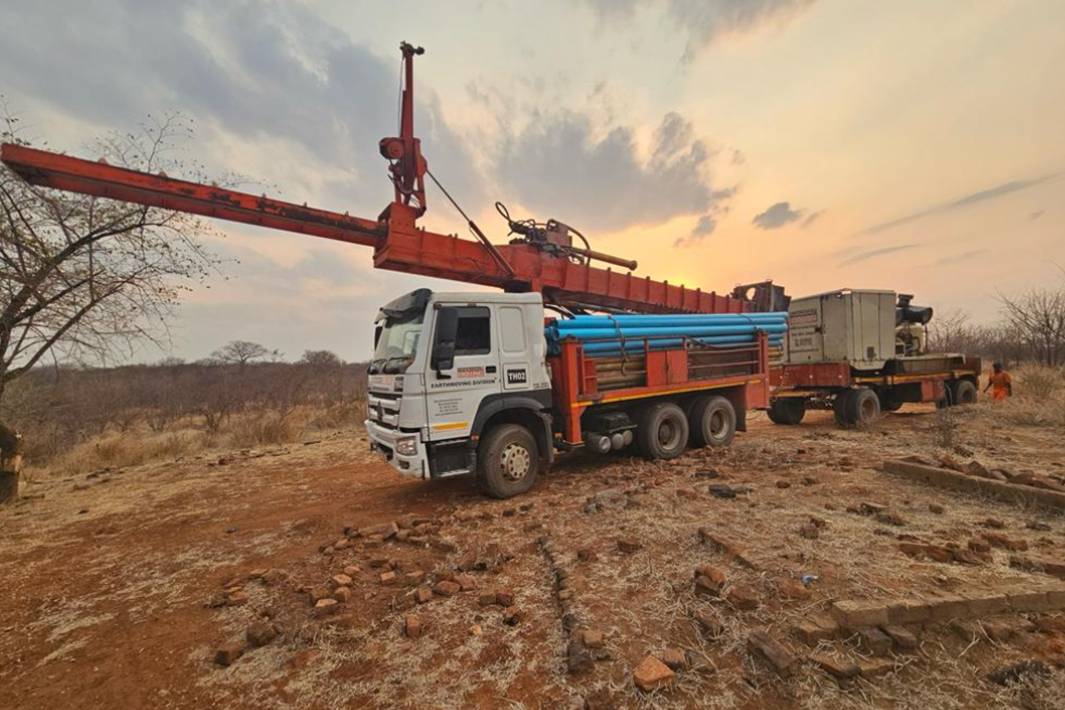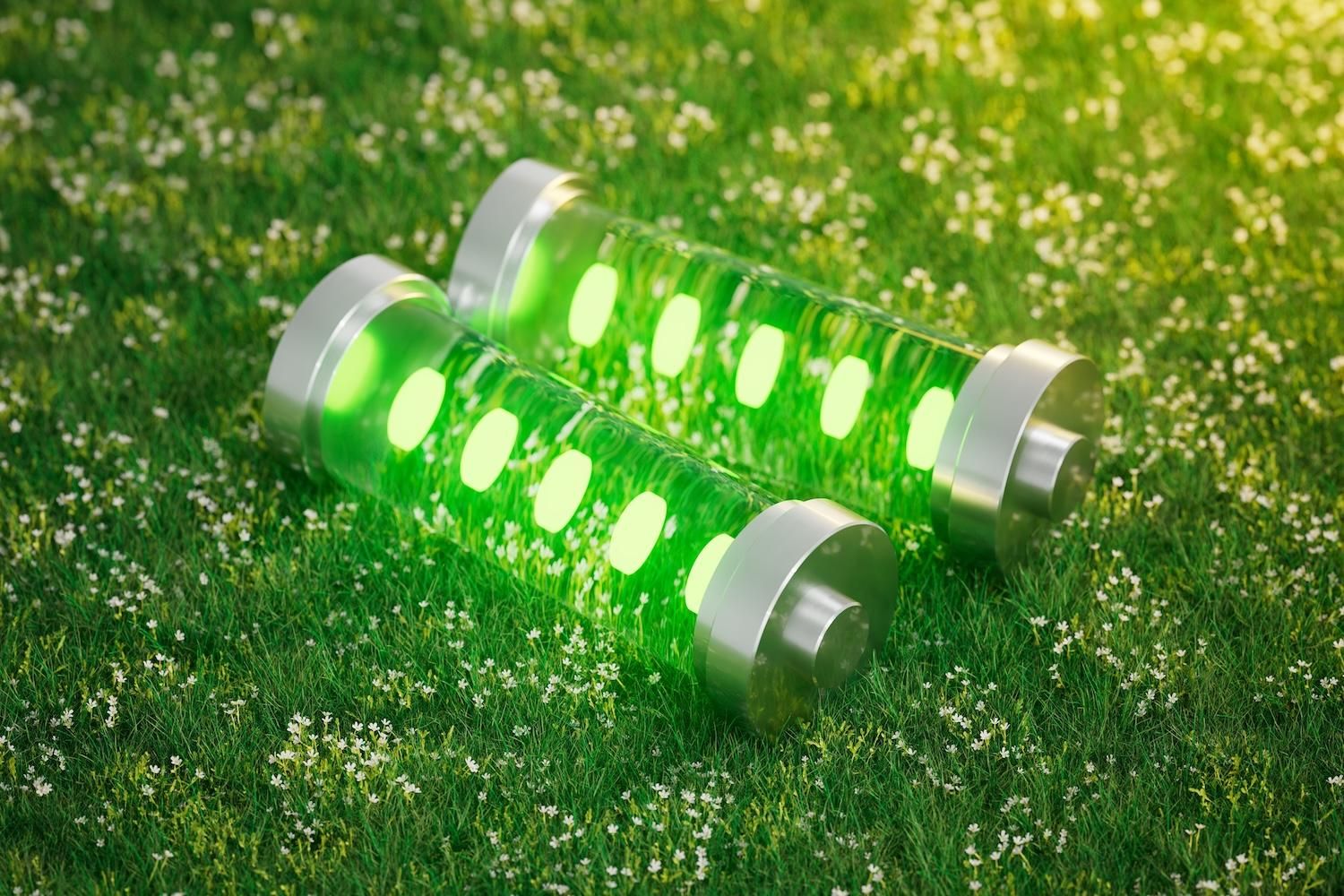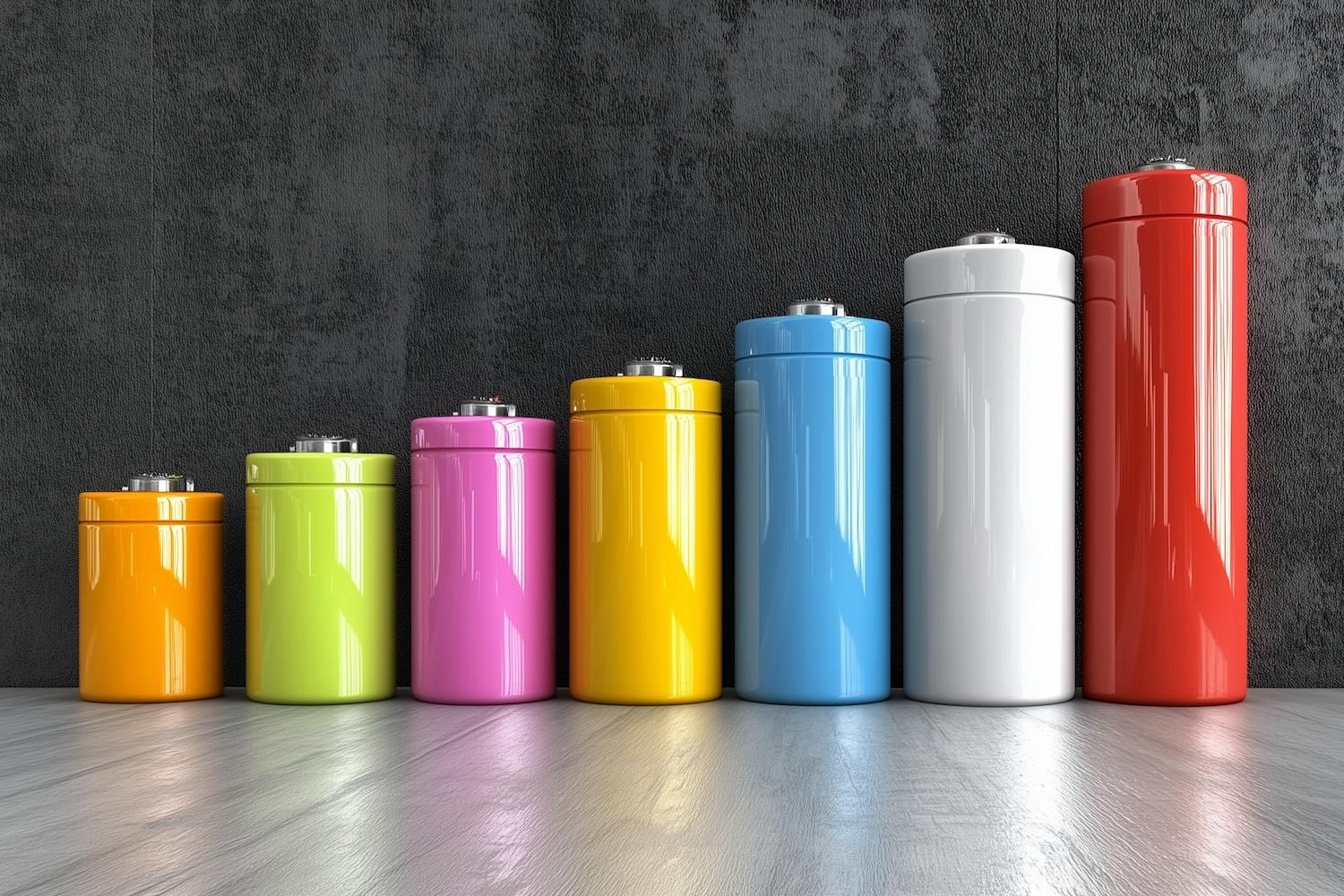
May 05, 2024
Mandrake Resources Limited (ASX: MAN) (Mandrake or the Company) advises that next- generation Direct Lithium Extraction (DLE) and Refining provider ElectraLith Pty Ltd (ElectraLith) has produced 99.9% pure battery grade Lithium Hydroxide directly from Mandrake’s 100%-owned flagship 93,755 acre (~379km2) Utah Lithium Project brines.
Highlights
- Rio Tinto-backed Direct Lithium Extraction (DLE) and Refining company ElectraLith has successfully produced 99.9% pure battery-grade Lithium Hydroxide from Mandrake’s 100%-owned Utah Lithium Project using it’s cutting-edge DLE-R process
- Requiring no water or chemicals, ElectraLith’s Direct Lithium Extraction and Refining (DLE-R) process has greatly enhanced the potential of the Utah Lithium Project
- The production of battery-grade Lithium Hydroxide direct from brine revolutionises DLE by skipping the conventional interim step of producing lithium carbonate using costly, carbon intensive converters
- Mandrake and ElectraLith progressing a Strategic Partnership Agreement to facilitate the construction of a DLE-R pilot facility at the Utah Lithium Project

ElectraLith's DLE and Refining (DLE-R) technology processed brines in parallel from both Mandrake’s Utah Lithium Project and Rio Tinto’s globally significant Rincon lithium brine project in Argentina.
Spun out of Monash University and backed by Rio Tinto and IP Group Australia, ElectraLith’s DLE-R is emerging as one of the cleanest, fastest, most versatile and cost-efficient methods of extracting and refining lithium. It’s proprietary electro-membrane technology requires no water or chemicals and can run entirely on renewable power, making it ideal for the water and resource constrained Paradox Basin.
Mandrake sent ElectraLith brines from the Lisbon B-912 well - one of the lower lithium concentration bulk samples from sampling activities undertaken in December 2023. The Lisbon B-912 brines contained 65.6mg/L lithium whilst the Big Indian #1 well (bulk sample sent to DLE provider Electroflow – results expected shortly) brines contained lithium concentrations of 147mg/L. Please see Mandrake’s ASX release of 22 January 2024 and Table 1 attached for further details.
ElectraLith’s work represents the groundbreaking production of Lithium Hydroxide direct from Mandrake’s Utah Lithium Project brines. It also confirms DLE-R’s ability to do so without consuming water or chemicals, greatly enhancing the potential of the Utah Lithium Project.
The ability of ElectraLith’s DLE-R technology to produce battery grade Lithium Hydroxide directly from brine revolutionises DLE by completely circumventing the conventional interim steps of lithium processing, being the production of lithium chloride and lithium carbonate, which often involves the use of costly, carbon intensive converters.
The relationship between ElectraLith and Mandrake is non-exclusive, enabling Mandrake to continue exploring and assessing other competing DLE technologies. To that end, Mandrake is currently awaiting test results from bulk brine samples sent to the Bill Gates-backed US- based DLE company Electroflow (see ASX release dated 22 December 2023).

Managing Director James Allchurch commented:
‘DLE technology is absolutely critical to the future of lithium and the broader global energy transition. Our research into this innovative technology has been comprehensive, quickly identifying ElectraLith as one of the leaders in the field. The ability for ElectraLith’s DLE-R to produce Lithium Hydroxide directly from brine using limited power, no water and no chemicals is revolutionary in the DLE space, putting Mandrake’s US-based brine asset in a commanding position.
I look forward to concluding a partnership agreement with ElectraLith which will facilitate the construction of a DLE-R facility at Mandrake’s Utah Lithium Project.
Furthermore, the maiden Mineral Resource Estimate for the Utalh Lithium Project is well advanced, and I look forward to updating the market when complete.’
Click here for the full ASX Release
This article includes content from Mandrake Resources, licensed for the purpose of publishing on Investing News Australia. This article does not constitute financial product advice. It is your responsibility to perform proper due diligence before acting upon any information provided here. Please refer to our full disclaimer here.
The Conversation (0)
11h
Rock Bottom: Strategic Window for Ground-level Lithium Investment
When lithium prices hit bottom, savvy investors know that’s exactly where the next big discovery begins — literally. Beneath the surface of global markets and remote exploration grounds, new opportunities are forming in the wake of a sharp price reset and renewed geopolitical urgency.Recent... Keep Reading...
17h
Liontown Resources Pens Lithium Offtake Agreement with China's Canmax
Liontown Resources (ASX:LTR,OTC Pink:LINRF) has executed a binding offtake agreement with Chinese conglomerate Canmax Technologies (SZSE:300390) as part of its strategy to diversify its customer base.“Listed on the Shenzhen Stock Exchange, Canmax is one of the world’s leading manufacturers of... Keep Reading...
08 December
Trading Halt
Jindalee Lithium (JLL:AU) has announced Trading HaltDownload the PDF here. Keep Reading...
05 December
Livium Receives A$663k in RsD Tax Incentive Rebates for VSPC
Livium Ltd (ASX: LIT) (“Livium” or the “Company”) advises that it has received A$663,000 in research and development ("R&D") tax incentive rebates from the Australian Tax Office for the 2025 financial year ("FY25"), relating to its wholly owned subsidiary VSPC Pty Limited ("VSPC"). The rebate... Keep Reading...
01 December
Why SQM Says Social Dialogue is Key to Sustainable Lithium
As scrutiny continues to intensify across the battery metals supply chain, the conversation around sustainability has moved far beyond carbon footprints. At this year’s Benchmark Week, Stefan Debruyne, director of external affairs at Sociedad Quimica y Minera de Chile (SQM) (NYSE:SQM), made that... Keep Reading...
27 November
Battery Storage Market Surging as Electricity Demand Enters New Era
Speaking at Benchmark Week, Iola Hughes, head of battery research at Benchmark Mineral Intelligence, outlined a market that is undergoing “very strong growth" and becoming indispensable to energy security.Hughes described energy storage as the fastest-growing segment in the battery sector today.... Keep Reading...
Latest News
Latest Press Releases
Related News
TOP STOCKS
American Battery4.030.24
Aion Therapeutic0.10-0.01
Cybin Corp2.140.00





